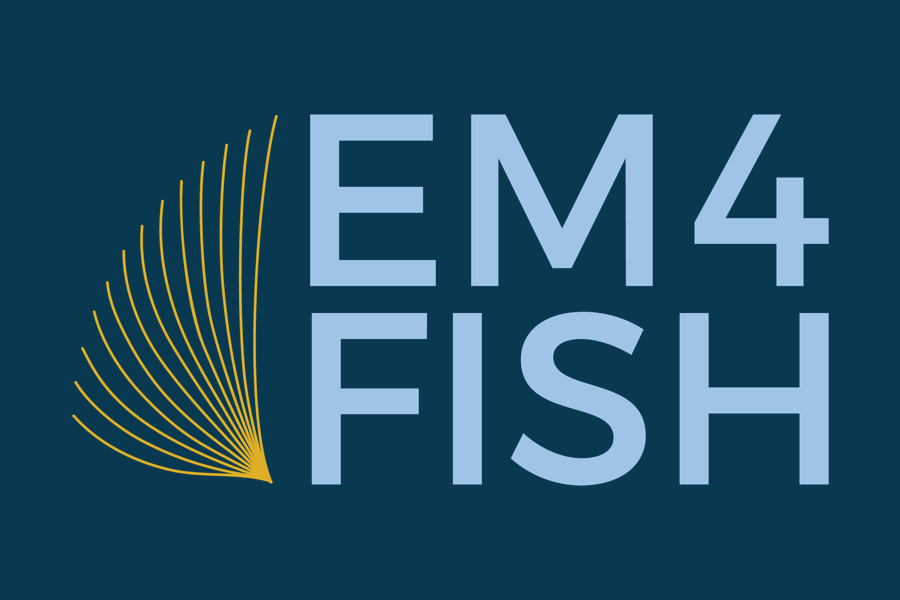Dave Colpo
Pacific States Marine Fisheries Commission
The U.S. West Coast groundfish trawl fishery, consisting of approximately 100 vessels, transitioned to an Individual Fishing Quota (IFQ) fishery starting in 2011. As a regulatory requirement, 100% at-sea human compliance monitoring was implemented to accurately monitor discards of IFQ species for vessel quota debiting. Human monitors can reduce flexibility in the fishery, increase costs, decrease safety and sometimes eliminate the opportunity to fish when monitors are not available on short notice. Electronic monitoring (EM) systems, if demonstrated to be a viable substitute for human monitoring, could resolve some of the limitations imposed by the need to monitor 100% of fishing activity. In 2012, trials of EM in the IFQ fishery began on 11 volunteer fishing vessels using fixed gear and midwater trawls. In 2013, the program expanded to 20 vessels and included bottom trawls. Results from the 2012 season showed that, while EM systems record discard events, it is not yet possible with the existing EM system to characterize discards into one of the 25 IFQ species or groupings, or to estimate discard weights. Two studies to develop cost effective and reliable methods for weight estimation and species identification are being designed. For weight estimation, the study will collect density data of the IFQ species to test volumetric weight estimation methods. For species identification, sampling of all IFQ discards on-board coupled with mounted cameras on a discard chute will be used to test the accuracy of EM species identification.

